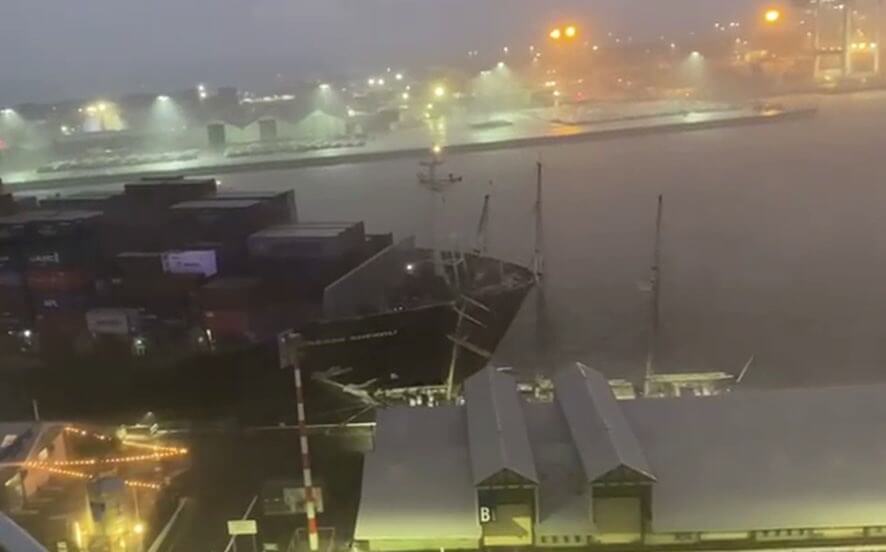U.S. Destroys Houthi Fuel Terminals at Ras Isa
After striking fuel piers at Ras Isa, Yemen on Thursday, U.S. Central Command expressed solidarity with Yemeni citizens who want to "throw off the yoke of Houthi subjugation." It is the first time since the start of the Red Sea maritime security crisis that the command has discussed regime change in northwestern Yemen, and it comes amidst reports of Yemeni government-aligned troops preparing for a ground offensive against the Houthis.
"Today, US forces took action to eliminate this source of fuel for the Iran-backed Houthi terrorists and deprive them of illegal revenue that has funded Houthi efforts to terrorize the entire region for over 10 years," U.S. Central Command said in a statement.
The strike hit at least two different locations in Ras Isa, triggering large secondary explosions. Houthi media outlets have reported that more than two dozen people were killed in the blasts. In a statement, the Houthi leadership accused the U.S. of "direct targeting of the entire Yemeni people" and called the port "a vital civilian facility." Central Command did not discuss casualty numbers, but emphasized that the goal of the strike was not to harm Yemeni civilians.
#BREAKING: U.S. military destroys Yemen’s Ras Isa fuel port, targeting Iran-backed Houthis’ economic lifeline. CENTCOM says strike aims to curb terrorism funding pic.twitter.com/sDp28uOZ4O
— Breaking News (@TheNewsTrending) April 17, 2025
U.S. CENTCOM has announced that precision strikes destroyed the Houthi-controlled Ras Isa fuel port in Yemen. The action was taken to disrupt the group’s financial lifelines, as the site was reportedly used to facilitate illicit fuel sales that funded their ongoing terrorist… pic.twitter.com/G9GUtfl23w
— GMI (@Global_Mil_Info) April 18, 2025
Ras Isa is a dual-use port, providing energy imports for Houthi military operations and for the Yemen's civilian population. Duties on commercial energy imports are an important source of revenue for the Houthis' finances.
Previously, on April 9, the U.S. State Department warned that the U.S. would no longer tolerate "offloading ships and provisioning oil at Houthi-controlled ports." In addition to Ras Isa, the Houthis also control the key commercial port of Hodeidah, 100 miles away to the south.
Forces allied with Yemen's internationally-recognized government are reportedly arming and preparing for an offensive to retake the coastline region controlled by the Houthis. Bloomberg reports that U.S. military officials have held talks with regional partners and Yemen's anti-Houthi coalition about their plans for renewed combat on the ground.

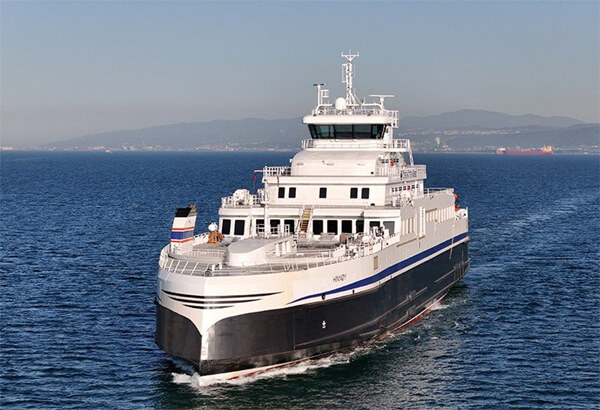
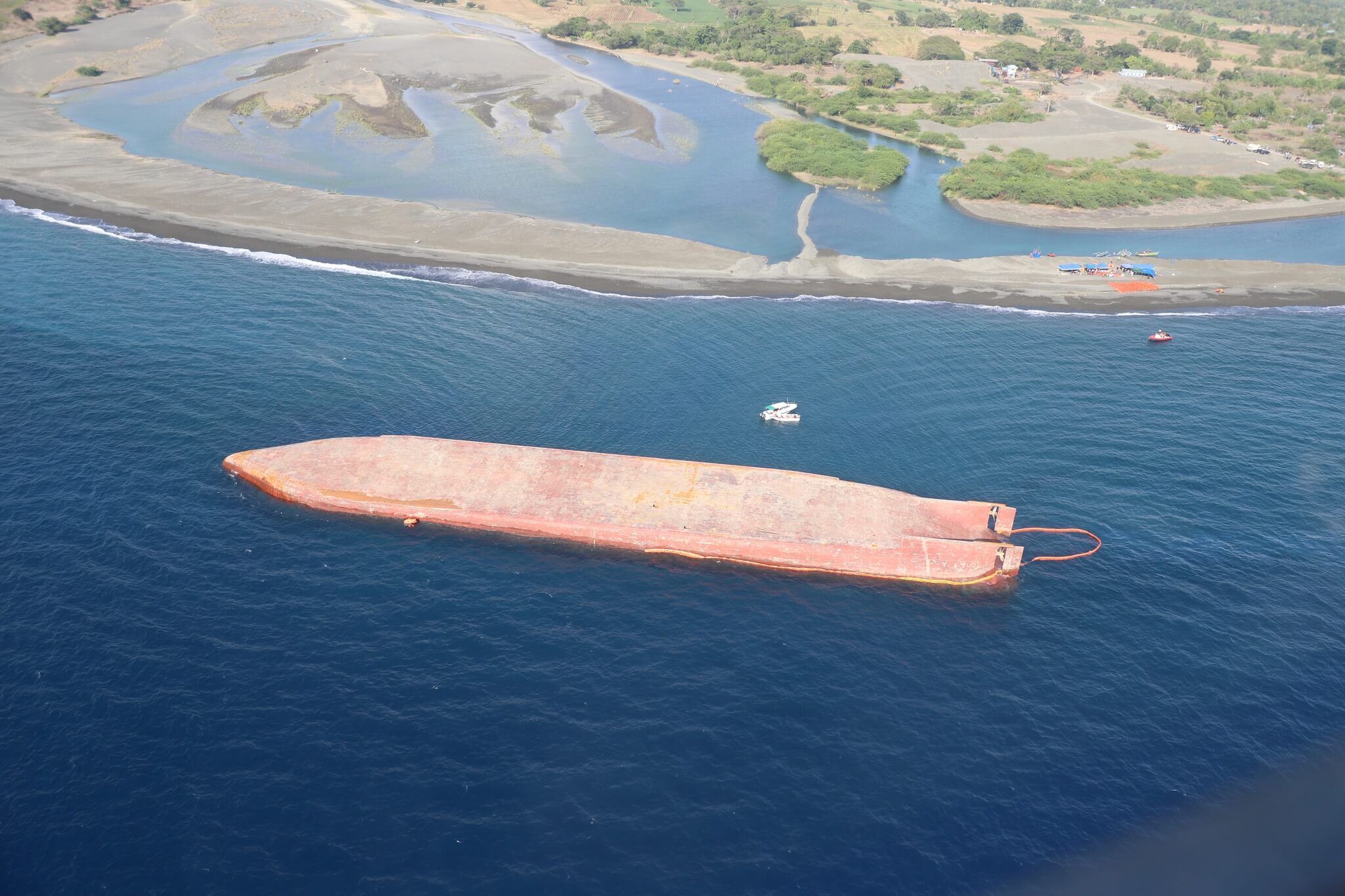 Courtesy PCG
Courtesy PCG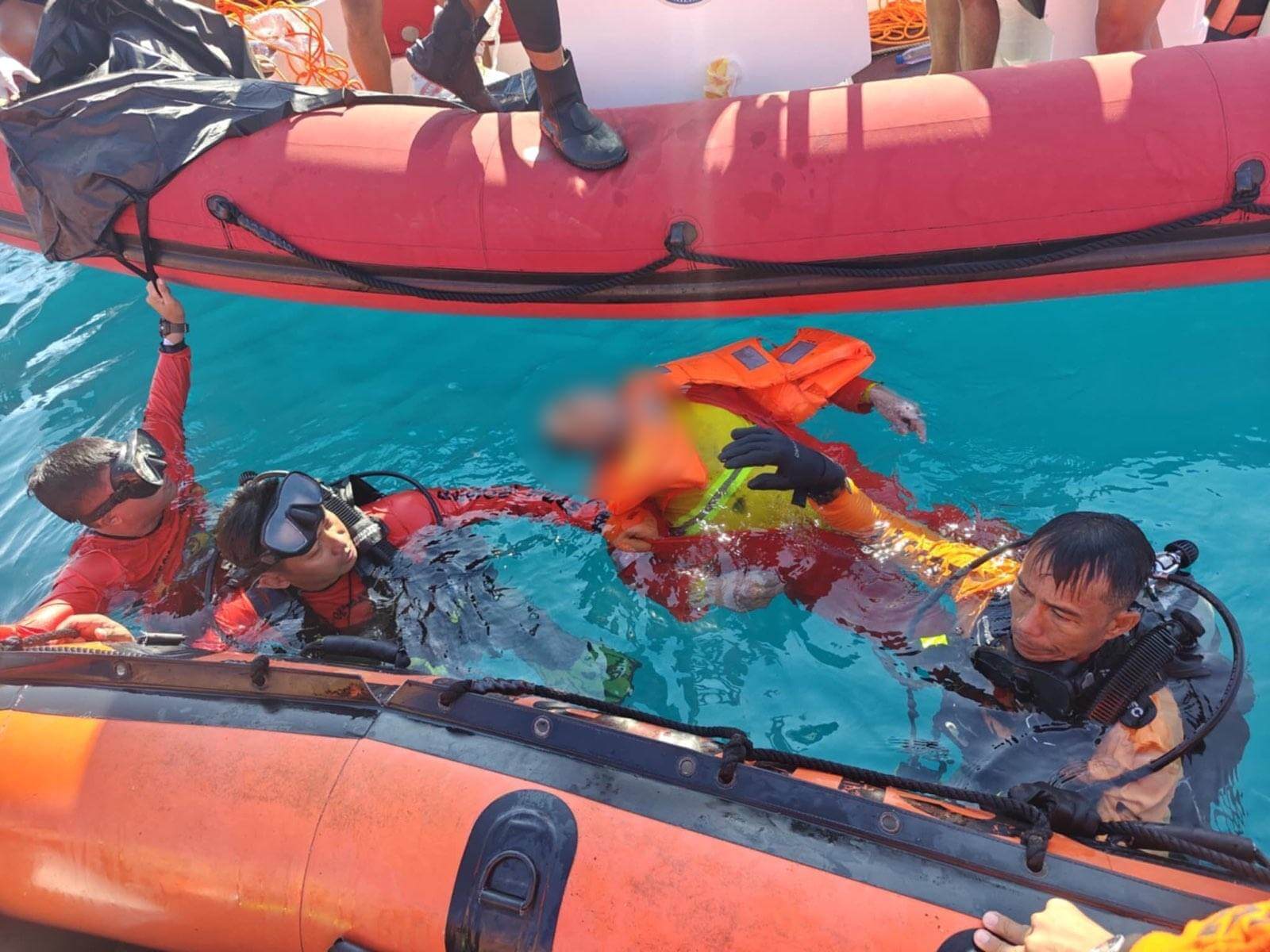
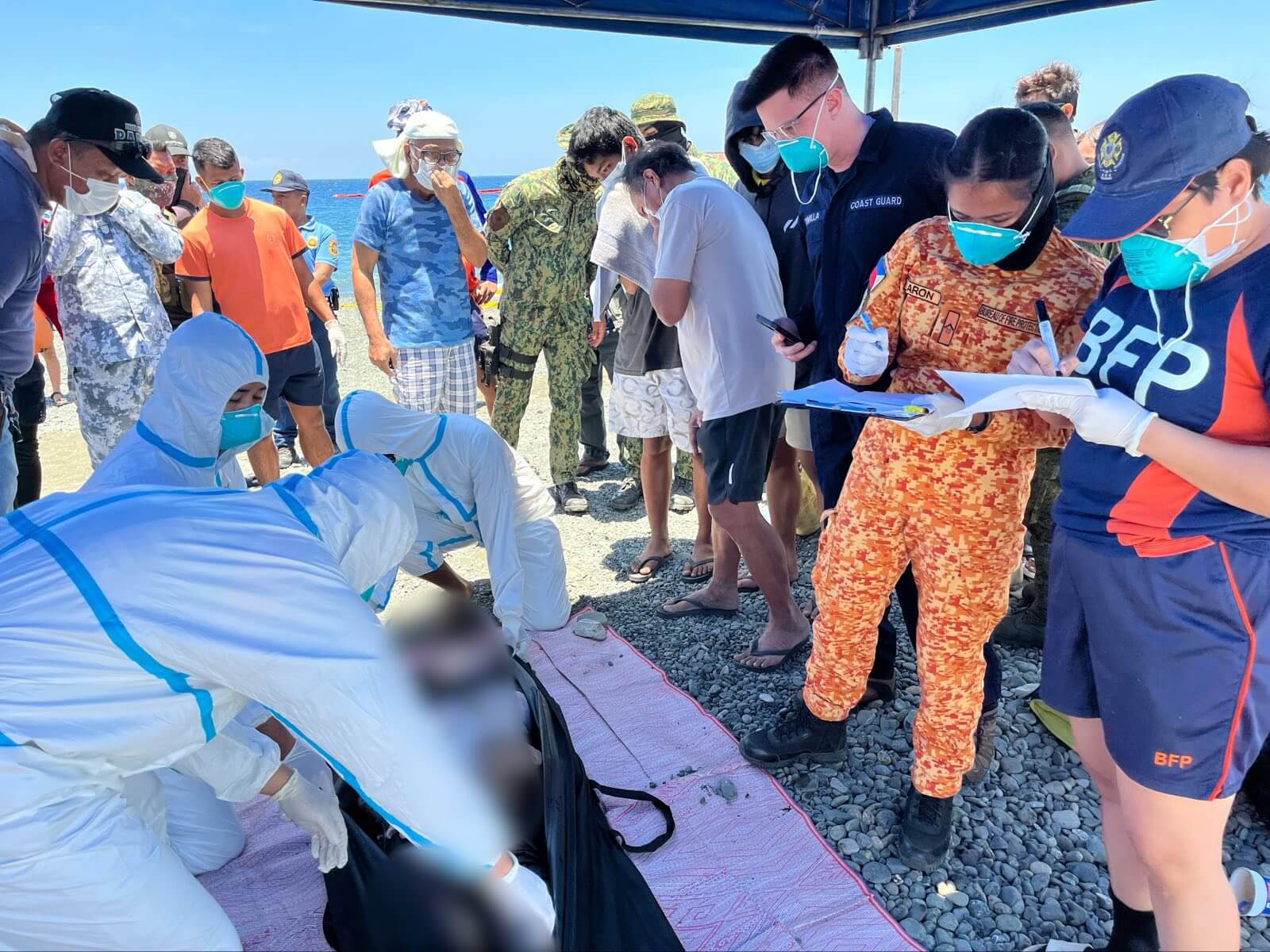
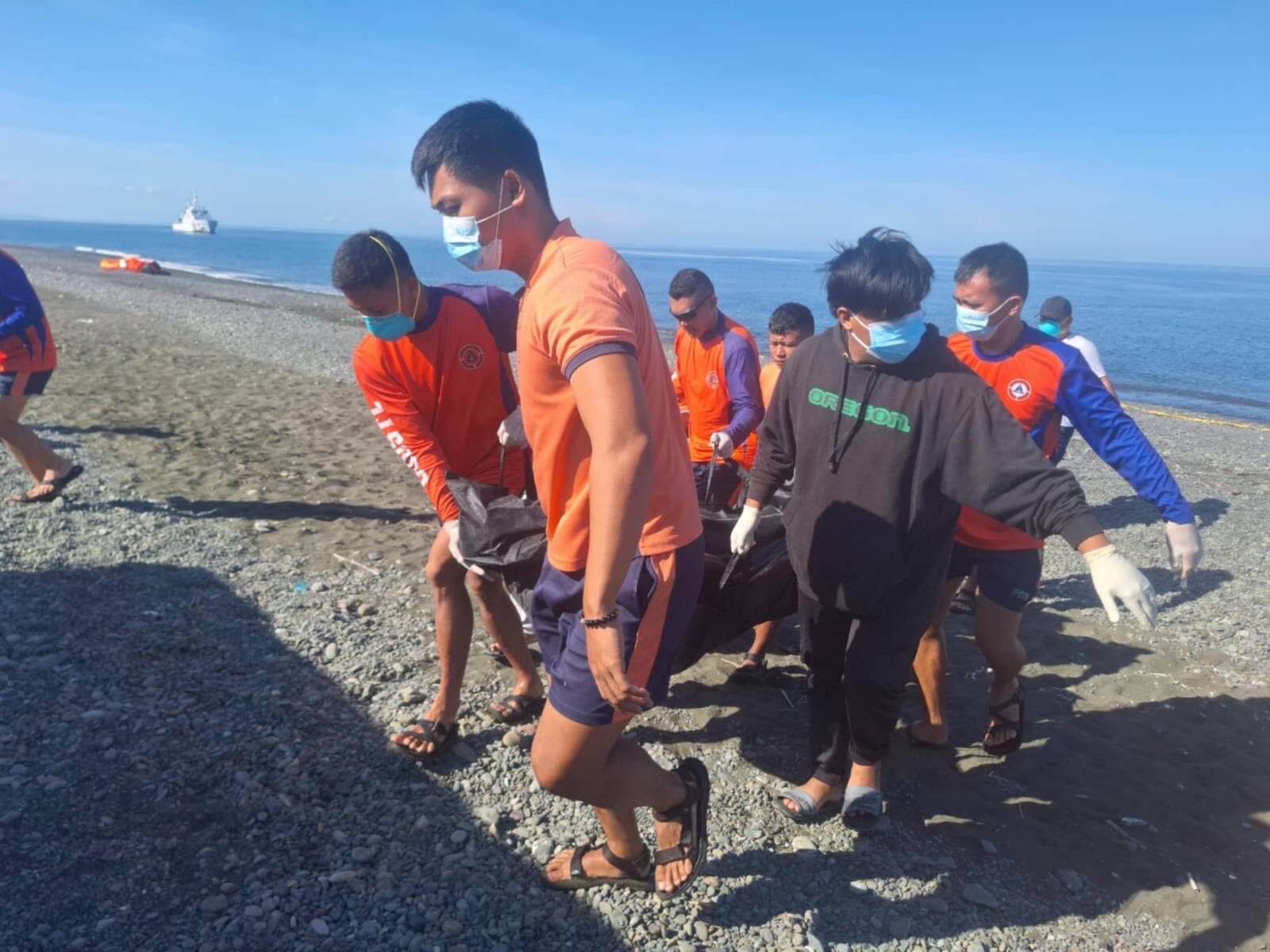 Courtesy PCG
Courtesy PCG
